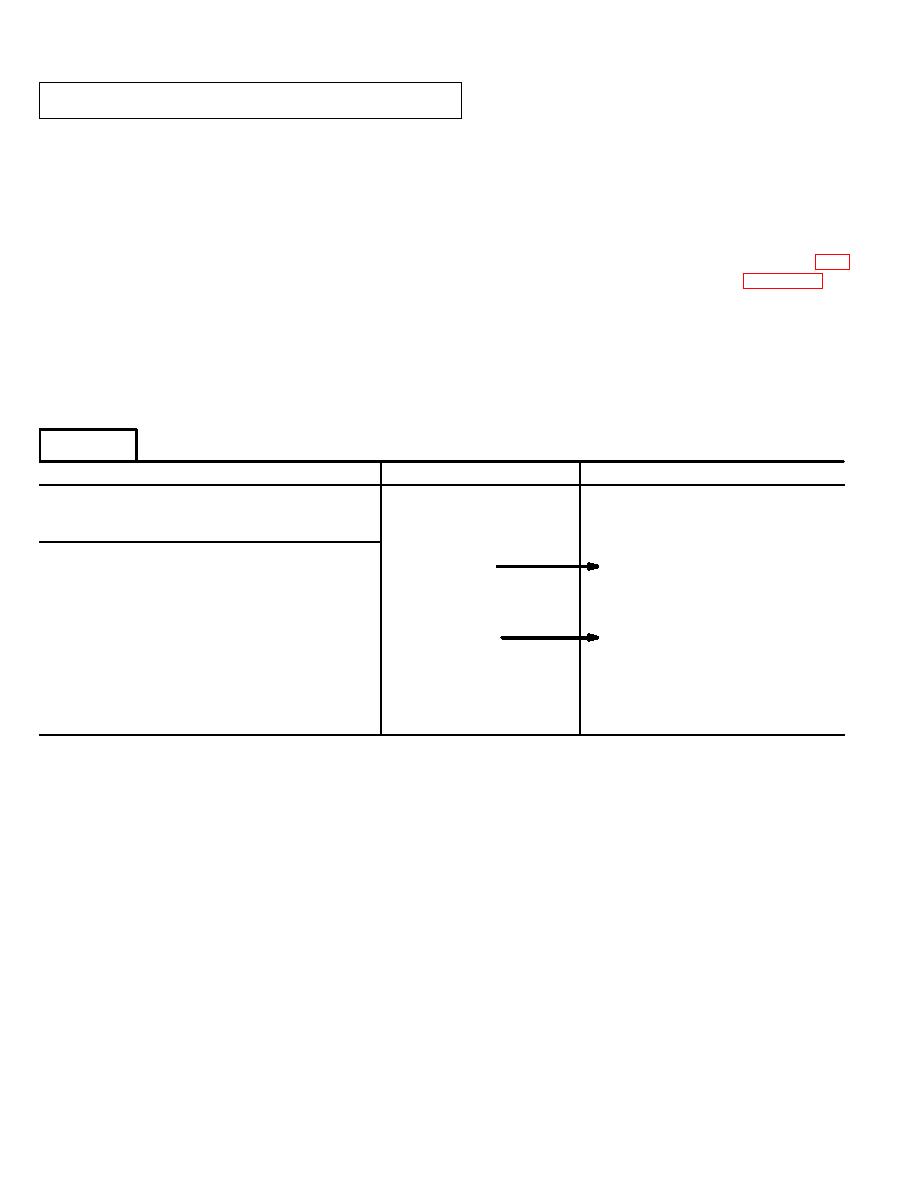 |
|||
|
|
|||
|
|
|||
| ||||||||||
|
|
 TM 9-2320-364-20-1
2-14. DDEC III/IV TROUBLESHOOTING (CONT).
Section I. HOW TO USE THIS PARAGRAPH
1. Section II (Basic Knowledge Required) and Section III (Testing the DDEC III System) should be read and understood com-
pletely.
2. If basic mechanical checks have been made, no trouble was found, and the problem is now believed to be in the
DDEC III/lV System, turn to Section IV (Troubleshooting Charts). Always start with the first Chart (labeled START) on page
2-539. If a Diagnostic Data Reader (DDR) is not available, the chart labeled CEL (Check Engine Light) on page 2-549 can
be used.
3. Use the charts to pinpoint the problem and perform repairs. The charts are in a three-column format. The first column lists
the test steps to perform and in what sequence to perform them. The second column gives the list of possible results you
may obtain, based on the steps performed. The third column indicates what to do next, based on your results.
EXAMPLE
STEP/SEQUENCE
RESULT
WHAT TO DO NEXT
C2-9
Check ECM
Connectors
Turn ignition off.
Terminals and
Replace ECM. Then go to
connectors are okay.
C 2--30.
Disconnect all connectors at the
ECM.
Repair terminals/connectors.
Check terminals at all ECM
Problem found.
Then go to C 2--30.
connectors (both the ECM and
harness side) for damage,
corrosion, and unseated pins or
sockets.
4. The charts will always instruct you to clear the codes after all repair work is done, and confirm the repair (typically by run-
ning the engine and checking if the codes and/or symptoms have returned).
|
|
Privacy Statement - Press Release - Copyright Information. - Contact Us |